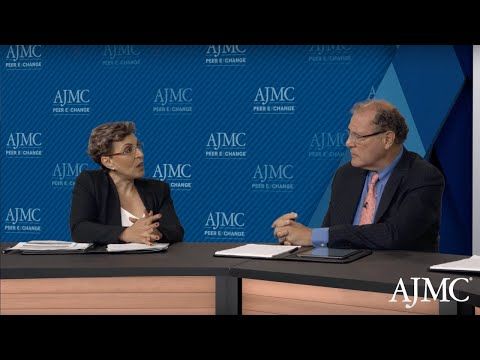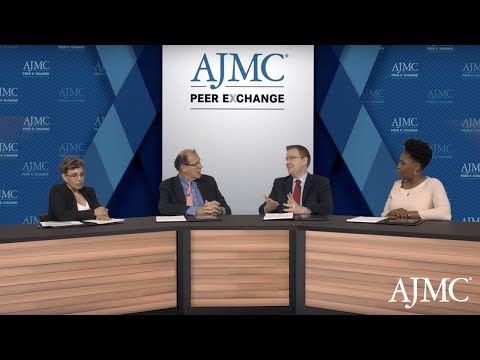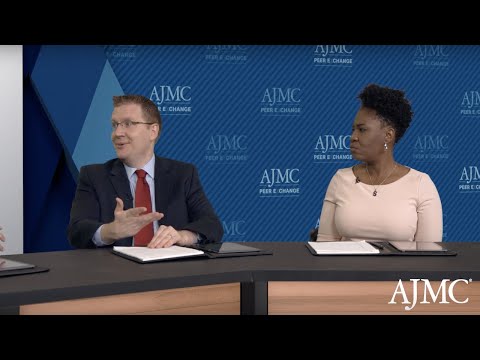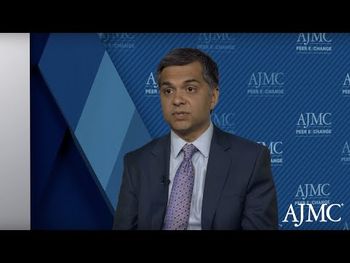
Rare Disease
Latest News
CME Content

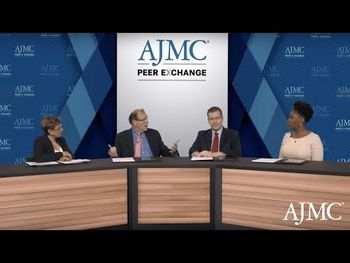

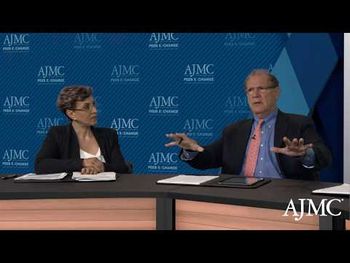
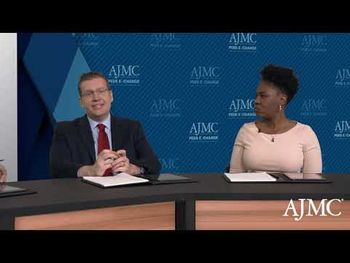
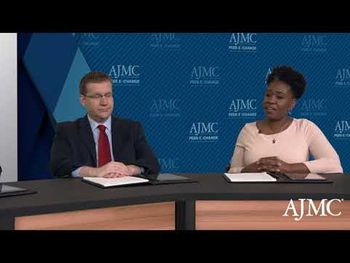

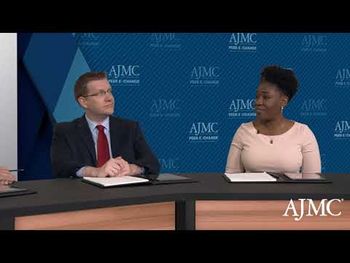
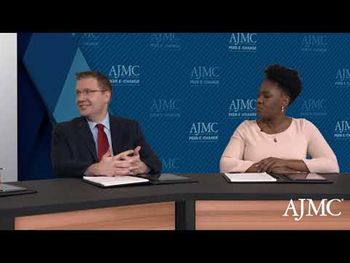

A recent literature review, involving an international multidisciplinary panel of social and healthcare professionals and people living with epidermolysis bullosa (EB), was conducted to create evidence-based guidelines to optimize psychosocial well-being in EB, given that there is no cure or treatment.

Starting 2020, employees will be able to use health reimbursement arrangements (HRAs) to purchase individual coverage; New York has enacted legislation that ends nonmedical exemptions for school vaccination requirements; the FDA is being sued by Catalyst Pharmaceuticals over its approval of a similar orphan drug.

There is generally a greater willingness to pay among just about everybody for rare disease therapies, explained Paul Melmeyer, director of Federal Policy, National Organization for Rare Disorders.
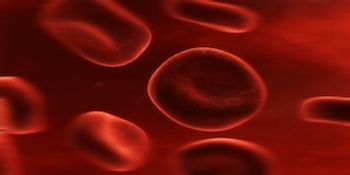
A recent study found that patients with sickle cell who had more frequent or severe vaso-occlusive crises (VOCs) had greater absenteeism, overall productivity loss, and activity impairment than patients with less frequent or severe VOCs.

A pilot study is suggesting that ruxolitinib is safe and tolerable as maintenance therapy following allogeneic stem cell transplantation.

Therapies for rare diseases, such as gene therapy, pose very unique challenges to value assessments in a variety of different ways, explained Paul Melmeyer, director of Federal Policy, National Organization for Rare Disorders.
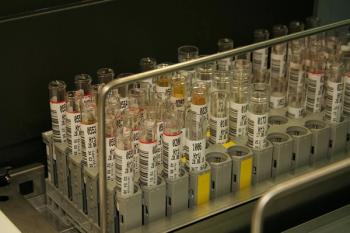
The FDA approved ruxolitinib (Jakafi) for another indication, this time for the treatment of steroid-refractory acute graft-versus-host disease in adult and pediatric patients 12 years and older.

A study combining ruxolitinib and buparlisib in myelofibrosis showed only a modest benefit compared with ruxolitinib alone, and further studies to see if there is a synergistic effect between the 2 agents will not continue.
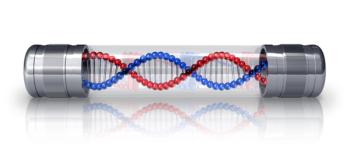
Researchers said they discovered a finding that could lead to better treatments for Fanconi anemia (FA), a rare, genetic, pediatric hematologic disorder.

A recent study found that treatment with a systemic JAK1/2 inhibitor was associated with weight gain, the development of obesity, and increased systolic blood pressure.
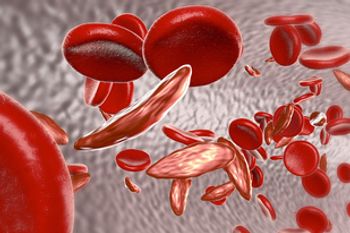
Voxelotor, a first-in-class oral therapy, is both safe and effective in sickle cell disease, according to a phase 1/2 randomized study assessing the drug. These findings were consistent across all doses, ranging from 500 to 1000 mg.

White patients are significantly more likely to be prescribed buprenorphine compared with patients of other races/ethnicities; Trump has backed a Florida proposal to import drugs from Canada; nearly 25% of medications approved in 2018 cost more than $30,000 per year.
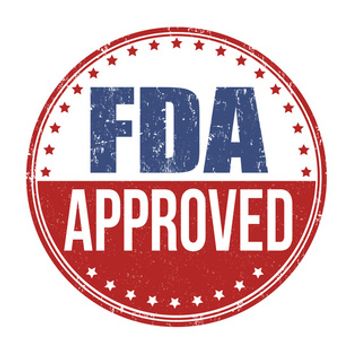
The FDA has approved amifampridine (Ruzurgi), the first treatment for pediatric patients with Lambert-Eaton myasthenic syndrome.

The FDA approved Pfizer’s transthyretin stabilizer tafamidis, the first treatment for cardiomyopathy of wild-type or hereditary transthyretin-mediated amyloidosis (ATTR-CM), a rare, incurable disease. Pfizer will sell the oral drugs under the names Vyndaqel and Vyndamax.

A recent review examined the current evidence regarding risk factors, molecular characterization, and treatment options for myeloproliferative neoplasms.

According to the FDA, there is not enough data to ban sales of textured breast implants that have been associated with a rare cancer.



